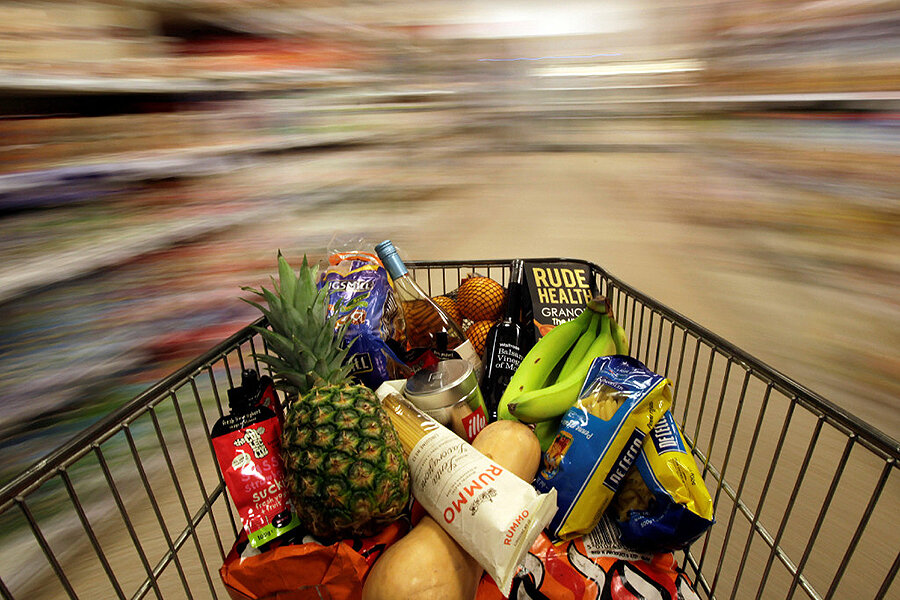Can new labels take a bite out of food waste?
Loading...
Food producers use several phrases – “use by,” “sell by,” “enjoy by,” “fresh until” – to indicate their products’ dates of peak freshness and safety. Now, retailers want them to just use two.
Under a new set of guidelines released Thursday by the Food Marketing Institute and the Grocery Manufacturers Association, a food’s packaging would indicate the date of peak quality with the phrase “Best if used by,” and the last date it can be safely consumed with the phrase “use by.”
Food-safety experts say that these changes could reduce America’s food waste.
“I think this will really help consumers know when does that date matter and when does it not matter for safety reasons,” Emily Broad Leib, the director of the Harvard Food Law and Policy Clinic, told CBS 2 New York.
Date labels on food became widespread in the mid-1970s, introduced haphazardly by state governments and food industry groups in response to consumer demands.
The system that resulted “misleads consumers to believe they must discard food in order to protect their own safety,” argued a 2013 report by the Food Law and Policy Clinic and the Natural Resources Defense Council. “In fact, the dates are only suggestions by the manufacturer for when the food is at its peak quality, not when it is unsafe to eat.”
But a survey conducted last year by Ohio State University researchers found that 68 percent of respondents thought throwing away food after the package date would reduce the chance of illness, while 59 percent believed some food waste is needed to make sure food is fresh and flavorful.
These misconceptions, in part, prompt American consumers to throw away an estimated $29 billion worth of food annually.
The new labels aim to keep still-safe food out of the trash. “Best if used by” will indicate when a food has passed maximum freshness, but could still be safe – possibly a long time, for some processed foods. “Use by” will indicate the last day it can be safely consumed.
It’s not yet clear how widely the labels will be adopted. The Washington Post reported that they won’t be phased in until 2018, and will be voluntary after that. A bill introduced in Congress last year would mandate the introduction of similar labels, but it’s been stuck in committee since May.
Even so, the new regulations have gained the support of Walmart, the nation’s largest retailer, and Professor Broad Leib says they have given her cause for optimism.
“It’s still a first step,” she told the Post, “but it’s very significant.”






